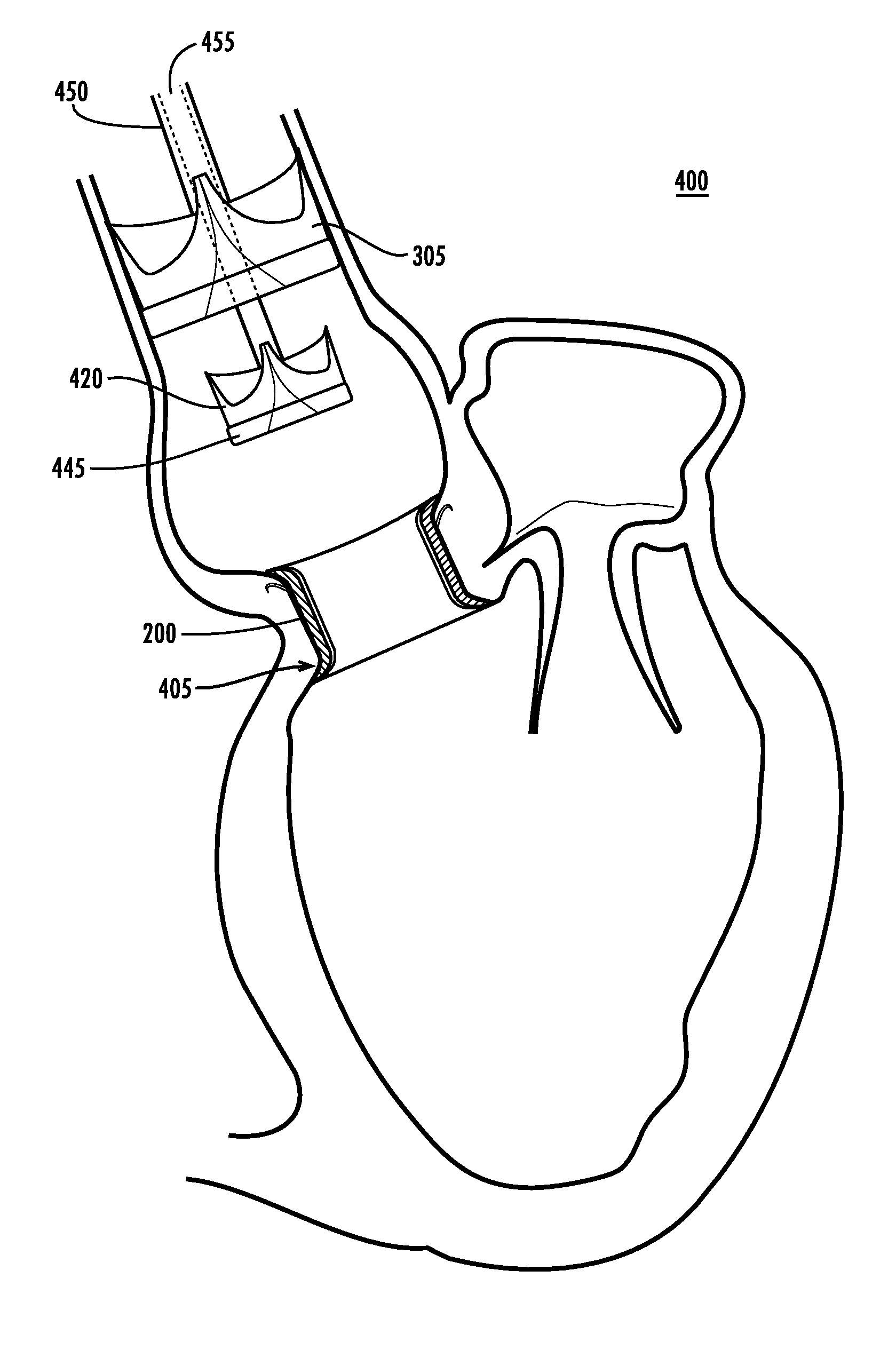Inventors at Georgia Tech have developed a replaceable heart valve prosthesis that eliminates the need to select between quality of life and durability of valve. The anchoring conduit has a harbor allowing for a releasable connect to the heart valve prosthesis. Then, a temporary valve is delivered in a condensed state. The temporary valve, once the anchor disables the natural heart valve and creates a cavity, replaces the function of the original valve. After the temporary valve is in place, a more long-term valve, biological or mechanical, can be implemented. The procedure, when compared to current methods, is minimally invasive, and allows for easy replacement once prosthesis begin to wear.
- Repeatable- method may be repeated multiple times
- Versatile- mechanism may substitute more than one valve
- Lower-cost
- Medical applications for heart valve repair or replacement
Cardiovascular disease accounts for nearly fifty percent of deaths in the developed and developing world. Replacing or repairing deficient valves is key to the longevity of patients suffering from heart disease, and many different valves, both biological and mechanical, have been created to try and address this issue. However, due to complications surrounding these valves and replacement, anchoring, and deployment, when selecting a valve, a doctor and patient must often have to sacrifice quality of life for durability of repair, or vice versa.

